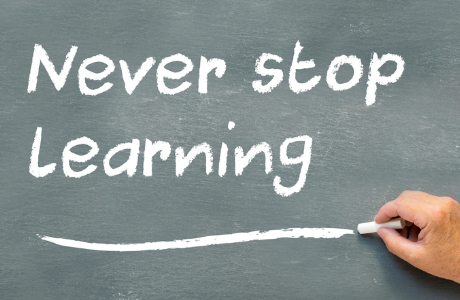Continuing Education Course - Firearms Proficiency and Personal Safety Competencies Course

If you are in Law Enforcement and you’re considering taking this course to meet training requirements of your department, agency, or seeking to meet continuing educational requirements for maintaining of any credentials, please get any necessary approvals needed prior to registering for this course. There are no refunds issued unless course is cancelled by Capital Defense Instruction, LLC. Failure to attend scheduled training will forfeit any tuition paid.
Contact us or call 1-800-528-5862 to register for this course.
Classroom portion of the course will be conducted in Arlington, VA and the range portion will be conducted in Fairfax, VA at the NRA Range, unless mutual agreement is made to use a different shooting range. The NRA Range requires all first-time shooters to take their open book range safety exam regardless of your shooting experience and/or expertise. You will need to bring your driver’s license and $10 to process your range paperwork, if you do not already have a NRA Range Card.
COURSE PARTICIPANTS WILL NEED THE FOLLOWING:
- 800-1000 Rounds of Factory Ammunition (no reloaded ammo allowed)
- Firearm and Extra Mags (2 magazine minimum)
- Gun Belt with Holster
- Magazine Holster
- Eye and Ear Protection
- Baseball Style Cap
- Appropriate Range Clothes (closed toe shoes - no sandals, shorts, tank tops).
Handgun Safety Rules:
- Causes of Firearm Accidents
- Elements of Firearm Safety
- NRA Gun Safety Rules
- Four Basic Gun Safety Rules
- Other Safety / Range Safety Rules
- Firearms and Child Safety
Handgun Parts and Operations:
- Frame
- Barrel
- Action
- Function and Firing Mechanism
- Safe Loading / Unloading
- Cocking / De-cocking of Firearms
- Revolver Cylinder Rotation
Firearm Selection Considerations
- Pro / Cons of Revolvers
- Pro / Cons of Semi-auto
- Pro / Cons of Single Action
- Full-size, Compact, and Sub-compact Firearms
Shooting Stances
- Isosceles and Weaver Stances
- Pro / Cons of Isosceles
- Pro / Cons of Weaver
Fundamentals of Shooting:
- Aiming
- Hold Control
- Breath Control
- Trigger Control
- Follow-Through
Keys To Managing Firearms Recoil
- Proper Grip
- Proper Stance
- Proper Fit of Firearm
Holistic Protection Considerations:
- Physically
- Criminally
- Civilly
- Psychologically
- Social Media Firestorm
Ammunition:
- Ammunition and Wall Penetration
- Cartridge Types and Cartridge Components
- Firing Sequence
- Safety and General Guidelines for Ammunition
- Care and Storage
Identification and Clearance of Malfunctions:
- Common Pistol Malfunctions
- Common Cartridge Malfunctions
Safe Handling:
- Range Rules
- Firearm Maintenance (Demonstration)
- Safe Draw, Presenting, and Holstering
- Safe Concealment Considerations
- Safe Storage (Firearm and Ammunition)
Intentionality in Firearms Training
- Strategies for Accuracy
- Increasing Speed (presenting, shooting, reloading)
- Distance Shooting
- Holster Draw Techniques
- Concealed Carry and Firearms Training
Cultivating Muscle Memory
- Dry Firing
- S.I.R.T.
- Firearm Presentation
Criminal Activity Triangle
- Opportunity
- Intent
- Ability
Personal Safety and Crime Types
- Five Types of Crimes
- WROL Crimes
- ROL Crimes
- Reactionary Gap
- Common Mistake That Jeopardize Personal Safety
- Escalation of Force
- Criminal Clues
- Stacking the Odds Against Multiple Attackers
Live Fire Training
- Two-handed Shooting (right)
- Two-handed Shooting (left)
- One-handed Shooting (right)
- One-handed Shooting (left)
- Speed Presenting
- Speed Shooting
- Speed Reloading
- Live-Fire Shooting at 1, 3, 5, 7, and 15yards

